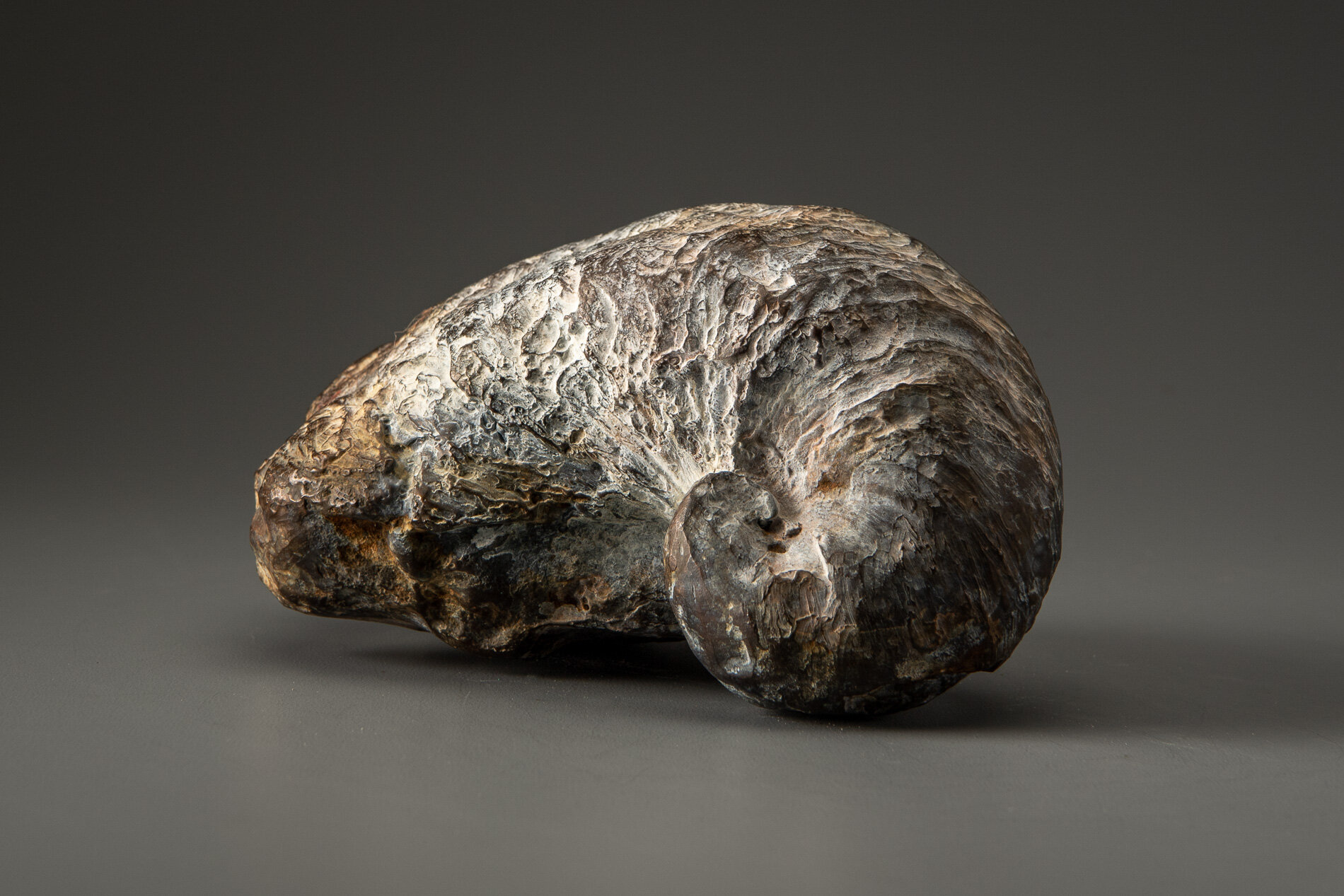Subterraneous Secret is part of my Endangered Knowledge work. For several years, I have been researching grass-fed food production, attending soil conferences, and visiting regenerative ranches. Research in these fields shows how to fight desertification and reverse climate change through regenerative agriculture practices. Interestingly, this natural history of living soil, how it evolved with roots, fungus, plants, food, and animals, carbon and their essential roles within microbial communities in human health, is not common knowledge.
Subterranean Secrets II
bronze

























